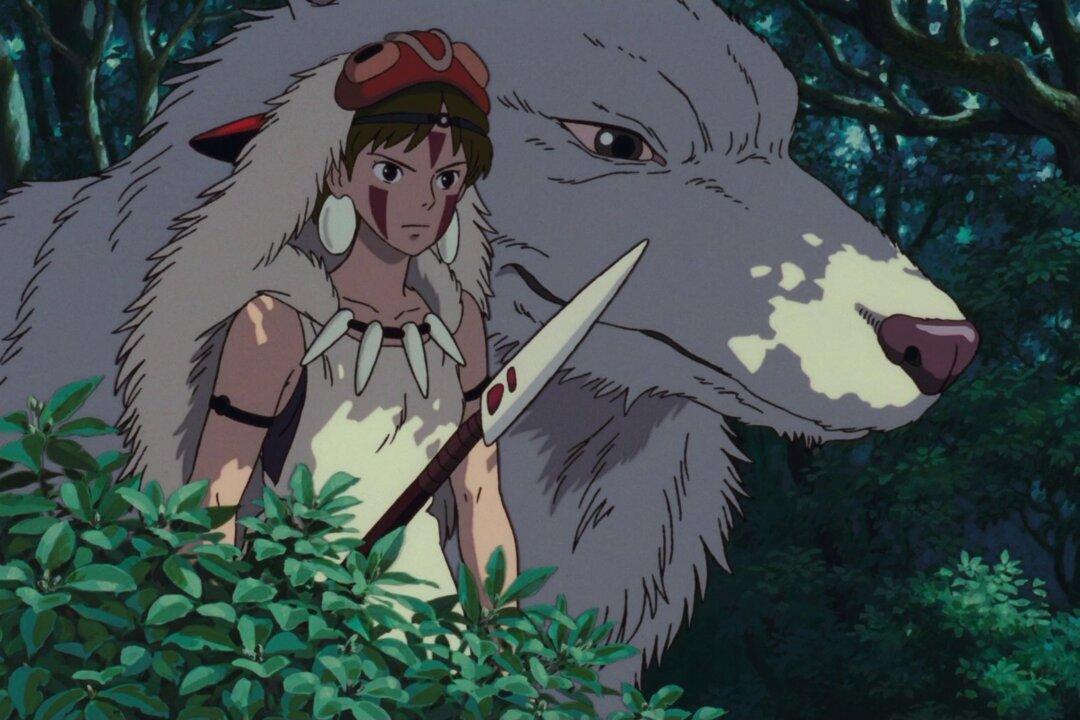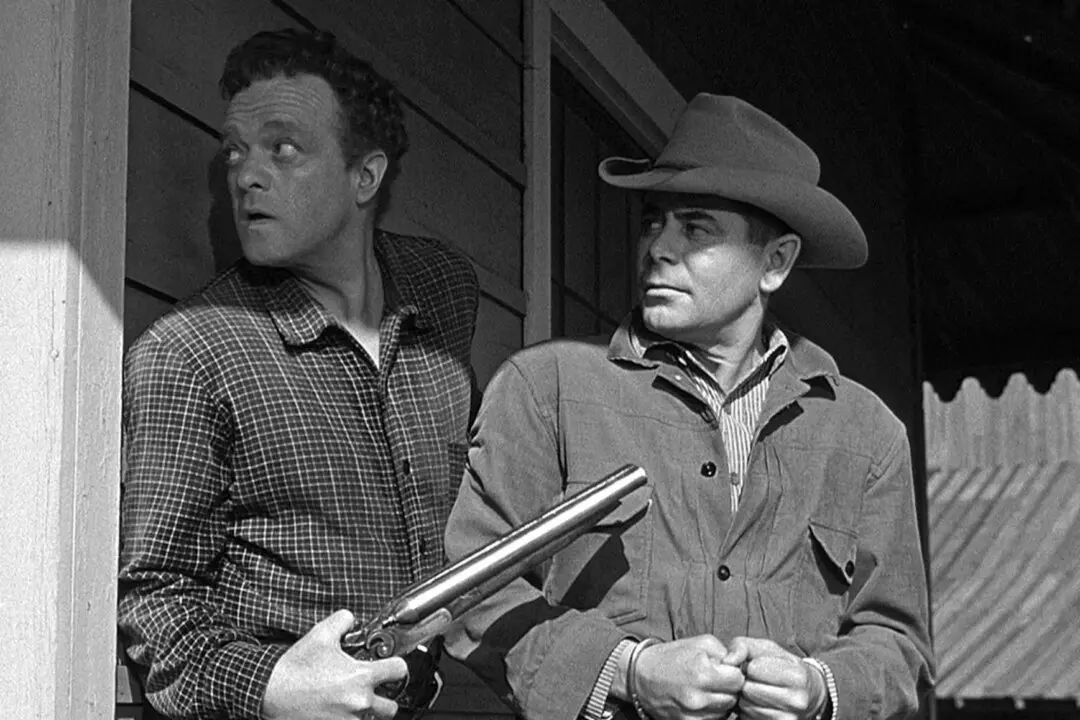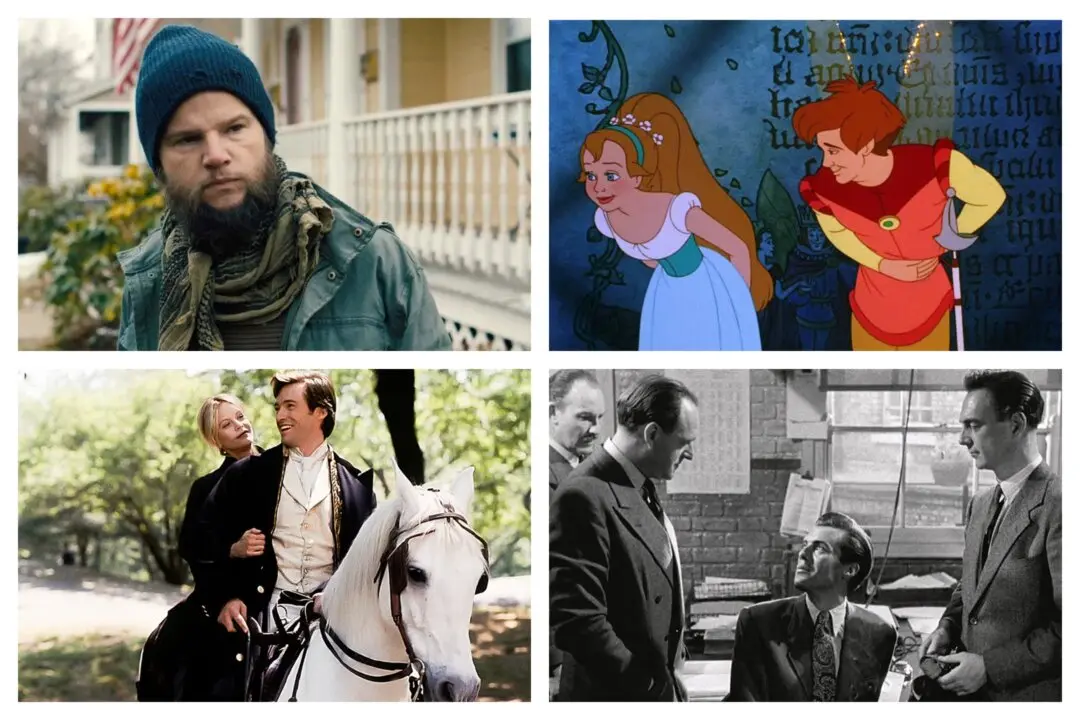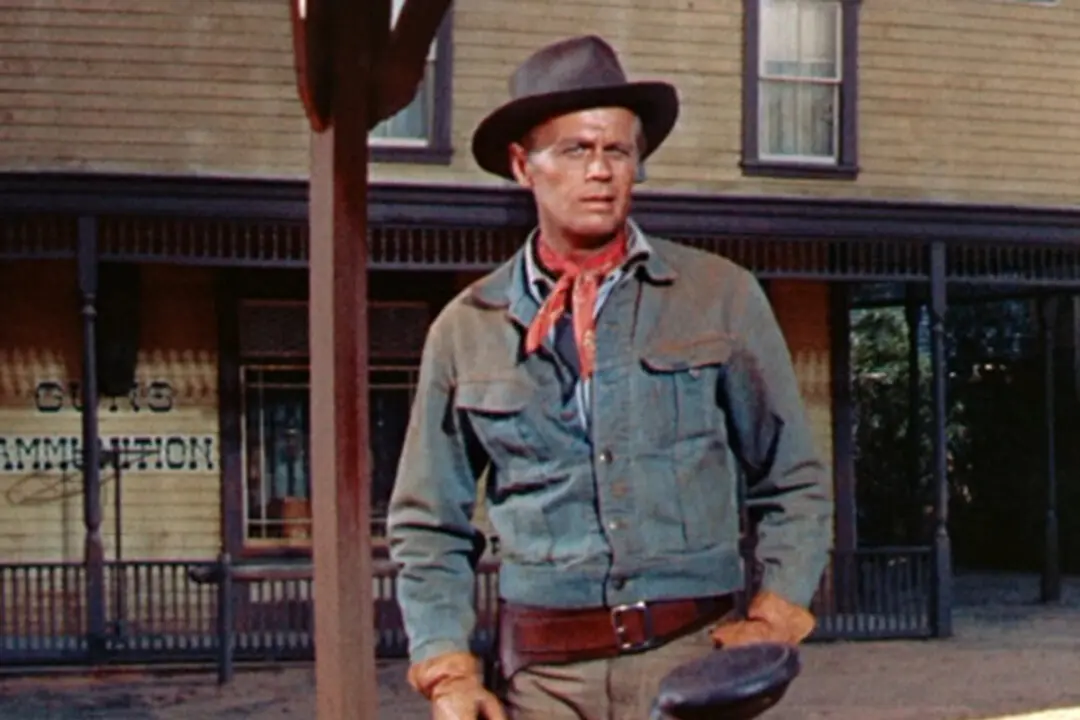PG-13 | 2h 14m | Animation, Action, Adventure | 1997
Kamikaze is a term that has often been used in the West, yet has been sorely misunderstood and typically mispronounced (it’s not “kamakazee”). Kamikaze is usually meant to refer to a suicidal attack, evocative of the aircraft that Japanese pilots flew into enemy naval vessels during World War II. But having studied Japanese history, culture, and language, I learned long ago that kamikaze goes farther back than World War II.






